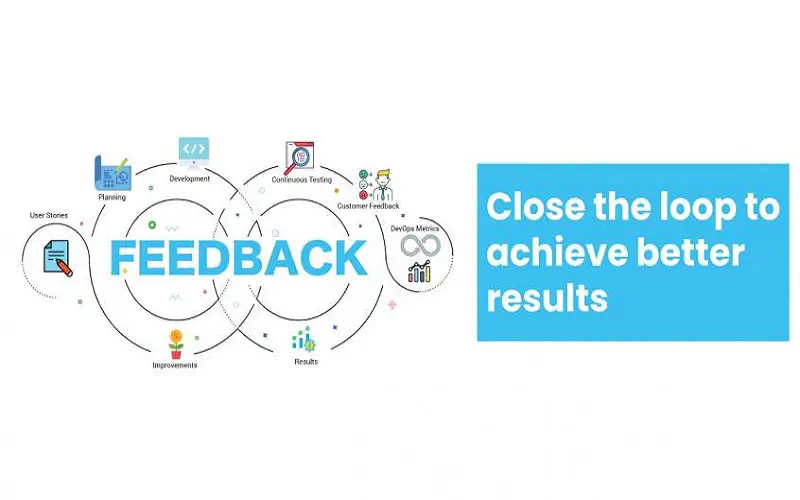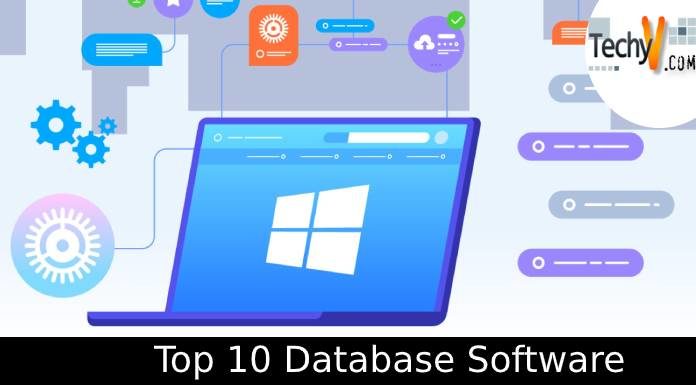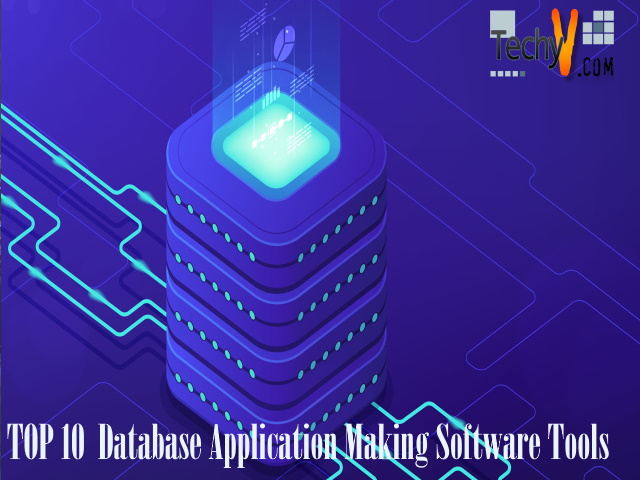In today’s dynamic world which keeps changing rapidly, it becomes important to deliver high-quality software experience for every business to stay competitive in the game where every company is pulling each other down to gain superiority. This is where DevOps shines by offering a range of practices and principles that streamline the development and maintenance of the software. It combines development (Dev) and operations (Ops) to promote collaboration, automation, and sustainable development in the sector. The main objective is to reduce errors and accelerate the delivery of safe and quality software. This is a modern age set of tools that is based on a predefined holistic approach to software development which elevates the development process in multiple ways. In this Article, let’s unravel some of the top 10 DevOps practices that can help your organization achieve results more efficiently and effectively:
1. Continuous Integration (CI)
It refers to the practice of maintaining a shared repository where code changes are regularly integrated to manage the project. Whenever these new code changes are pushed into the repositories, automated builds and tests are triggered automatically to reduce the manual work time. This process helps eliminate code conflicts and other issues early in the development of the software. This decreases the integration problems and speeds up the development process within the organization.
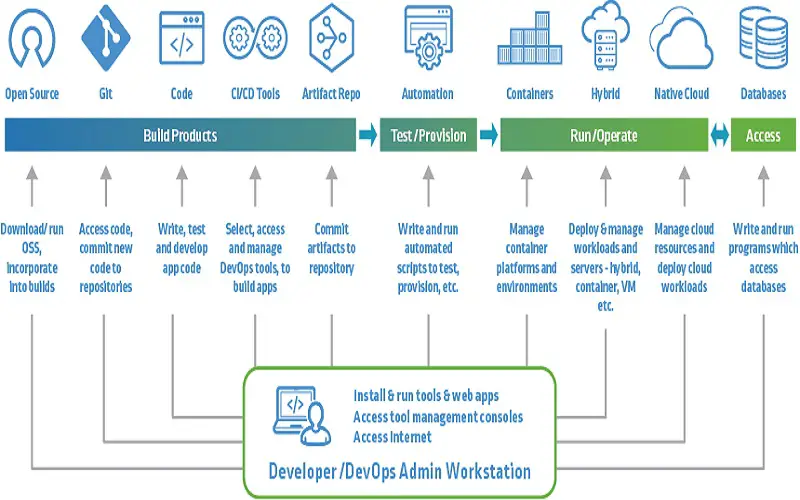
2. Continuous Delivery (CD)
It is an extension of the CI that automates the deployment process of the software which further reduces the workload and human errors. Using Continuous Delivery you can commit changes to the code and in turn, push these changes to the production or staging environments with confidence. This process is repeatable and reliable since it is well-tested which enables the software to be always in a deployable state.
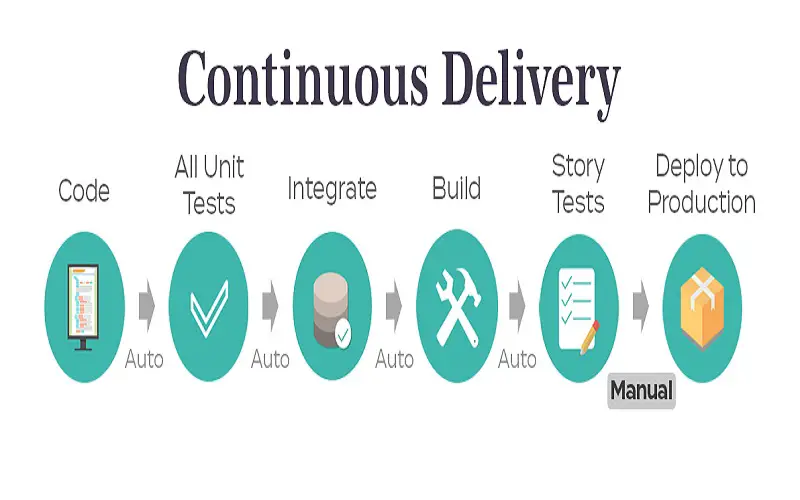
3. Infrastructure As Code (IAC)
It involves managing and fostering the infrastructure using code and tools that automate this process. This leads to the inclusion of the infrastructure as part of the software to enable reproducible environments. Some of the tools such as Terraform and Ansible are used to maintain the infrastructure using code.to attend to any task that requires them to be physically present while still making it productive and efficient from a distance.
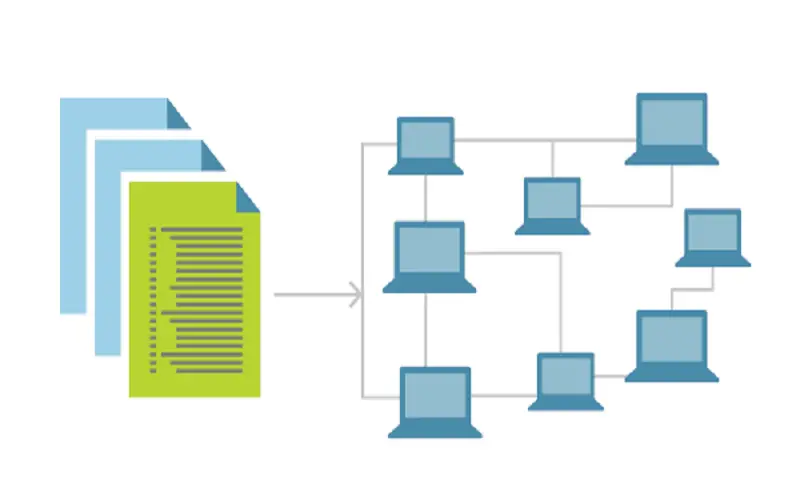
4. Micro Aervices Architecture
Micro services Architecture helps in breaking down complex and inflexible applications into smaller and independent components. This approach makes sure the scalability of the service is maintained while making the development process easier. It provides an agility substance to the applications in development and also improves fault tolerance. The DevOps team can execute this process more efficiently by deploying and monitoring micro services regularly. It greatly reduces the risk of affecting the entire system and generating bugs during the updating process.

5. Containerization
Docker is a container that helps in packaging applications and their respective dependencies into a uniform unit. Such containers provide a secure and lightweight environment for deploying and running DevOps applications. It ensures the smooth migration of code among different departments of the development environments such as testing, production, and deployment. With the help of this, the deployment pipeline maintains its integrity and consistency throughout the development process.
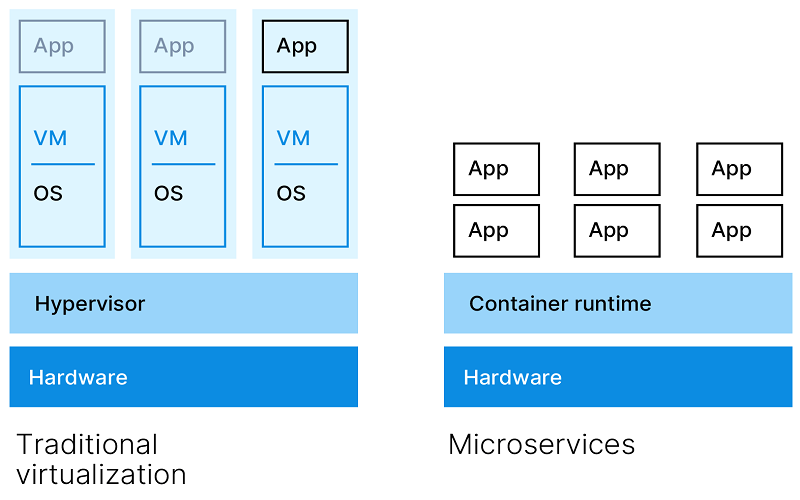
6. Automated Testing
Automated Testing is a crucial DevOps practice that one needs to follow to ensure the working of the code as desired. This process includes unit tests, integration tests, and one-to-one tests to catch different bugs and any irregularities in the code. This helps in getting rid of bugs in the early stages of development and reduces manual testing workload. One of the most important factors that it plays is to regulate any new regressions introduced during the code changes.
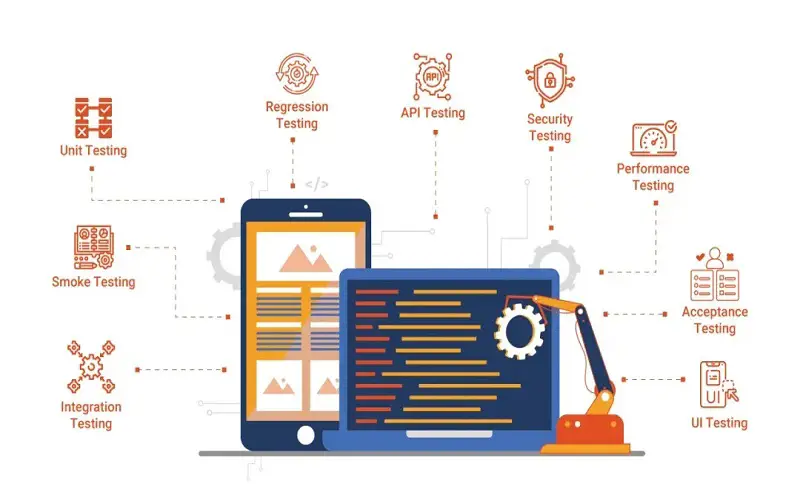
7. Monitoring And Logging
It is always a good practice to continuously monitor and store logs which helps in analyzing the performance and health of your applications. If any issue arrives in any part of the entire infrastructure managed by IAC, troubleshooting is easy and quick. The DevOps team uses multiple tools to achieve this such as Prometheus, and ELK Stack which include Elasticsearch, Logstash, and Kibana. These tools collect data and store it in a manageable fashion to detect any abnormalities and eliminate them on the spot.

8. Collaboration And Communication
The heart of DevOps comprises effective communication and collaboration of the team with every department. The team is required to work together smoothly in the same environment to remove any hierarchy between the development, operations, and other stakeholders. Many tools like Slack, Microsoft Teams, and collaborative documentation give a stable platform to encourage communication and transparency in the team.
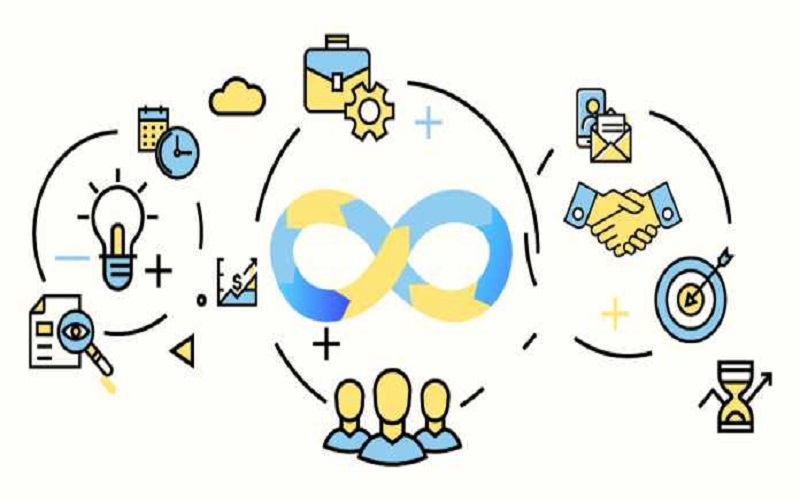
9. Security As Code
Security has been a major concern in the software development process since it gets frustrating to pick out and eliminate every possible vulnerability present in the system that may hamper the desired working of the application. To solve this, DevOps teams include security practices in their workflows according to the proper guidelines. Security should be the priority of any organization upon releasing any application into the market. Tools like static code analysis, vulnerability scanning, and, penetration testing are some of the ways that help in identifying security vulnerabilities automatically and in the early stages.

10. Feedback And Continuous Improvement
DevOps follows a culture that promotes continuous improvement and deployment of the product. It emphasizes on collaboration of the team while automating the critical tasks to improve the efficiency and spirit of the team developing the application. The team regularly collects feedback from users as well as the development team by monitoring and testing the system to gradually improve the quality of the user experience. This feedback then identifies any area for enhancement in the deployed software to make it more seamless. Constant retrospectives and after-incident reviews helps in productive learning and improvement of the ongoing development process.
